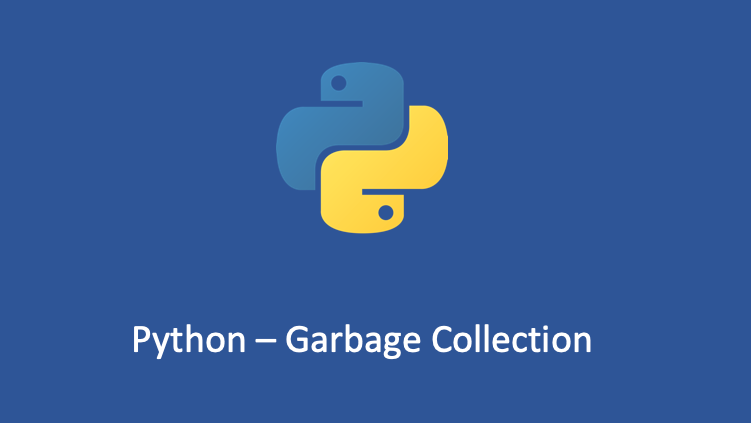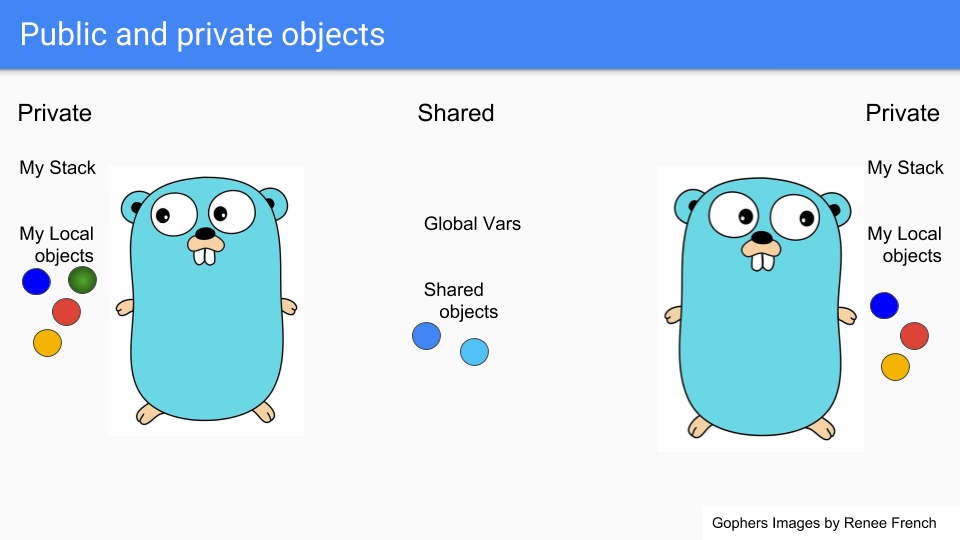How Garbage Collection Works in Different Programming Languages
Meta Description: How garbage collection works in different programming languages, optimizing memory management in Java, Python, C#, JavaScript, and more.
Introduction
Garbage collection is a crucial process in programming languages that helps manage memory efficiently by automatically reclaiming unused memory. Without garbage collection, memory leaks and performance issues can slow down applications. In this blog, we will explore how garbage collection works in different programming languages, including Java, Python, C#, JavaScript, and C++.

What is Garbage Collection?
Garbage collection (GC) is an automated memory management technique that frees up memory occupied by objects that are no longer in use. It helps prevent memory leaks and ensures efficient utilization of system resources. By automating memory management, developers can focus on coding rather than manual memory allocation and deallocation.
How Garbage Collection Works in Java
Java uses an automatic garbage collector as part of its Java Virtual Machine (JVM). It primarily employs the Mark-and-Sweep algorithm, which works as follows:
- Mark Phase: Identifies reachable objects starting from the root set.
- Sweep Phase: Removes unreferenced objects, freeing up memory.
Java has different garbage collectors, including:
- Serial GC – Best suited for single-threaded applications.
- Parallel GC – Uses multiple threads for faster collection.
- G1 GC – Divides heap memory into regions for efficient cleaning.
- ZGC – Designed for low-latency applications.
Advantages of Java Garbage Collection
- Automatic memory management improves developer productivity.
- Prevents memory leaks and dangling pointers.
- Optimized performance with different GC algorithms.
Disadvantages
- Can cause application pauses during garbage collection cycles.
- Requires tuning for optimal performance in high-load systems.

Garbage Collection in Python
Python uses reference counting and cycle detection for garbage collection.
- Reference Counting: Objects are deallocated when their reference count reaches zero.
- Cyclic Garbage Collector: Detects and removes reference cycles using generational garbage collection, dividing objects into three generations for efficient cleanup.
Python’s gc module provides manual garbage collection control, allowing developers to trigger collections explicitly. Python’s approach is beneficial for dynamically typed applications where memory management is crucial for long-running applications.
Pros of Python GC
- Prevents memory leaks with cycle detection.
- Customizable garbage collection via the
gcmodule.
Cons
- Overhead due to continuous tracking of references.
- Can introduce slight performance overhead in large applications.

How C# Handles Garbage Collection
C# uses the .NET CLR (Common Language Runtime) garbage collector, which operates using generational garbage collection:
- Generation 0: Newly allocated objects.
- Generation 1: Objects that survived one collection cycle.
- Generation 2: Long-lived objects that rarely change.
The garbage collector runs automatically but can also be triggered manually using GC.Collect(). It provides an optimized balance between performance and memory efficiency.
Key Features of C# GC
- Optimized for high-performance applications.
- Provides manual control for developers.
Garbage Collection in JavaScript
JavaScript’s garbage collection works with automatic memory management in the V8 engine. It primarily uses:
- Mark-and-Sweep Algorithm: Similar to Java’s method of marking reachable objects and clearing unreachable ones.
- Incremental & Concurrent Collection: Runs in small steps to reduce performance impact.
- Generational Collection: Separates young and old objects for optimized collection.
Benefits of JavaScript GC
- Ensures efficient memory usage in browsers.
- Reduces memory leaks in long-running applications.
Challenges
- Can introduce performance hiccups in high-complexity applications.
Does C++ Have Garbage Collection?
C++ does not have built-in garbage collection like Java or Python. Instead, it relies on manual memory management using new and delete. However, smart pointers (std::unique_ptr, std::shared_ptr) help manage memory automatically.
Comparing Garbage Collection Across Languages
| Language | Garbage Collection Method |
|---|---|
| Java | Mark-and-Sweep, G1 GC |
| Python | Reference Counting, Generational GC |
| C# | Generational GC, Manual Triggering |
| JavaScript | Mark-and-Sweep, Incremental GC |
| C++ | Manual (Smart Pointers Optional) |
Pros and Cons of Garbage Collection
Pros:
✔️ Prevents memory leaks
✔️ Improves memory management efficiency
✔️ Reduces developer workload
✔️ Enables faster development cycles
✔️ Allows optimization for various applications
Cons:
❌ Can introduce latency
❌ Less control over memory management
❌ May impact performance in real-time applications
❌ Requires fine-tuning for large-scale applications
Conclusion
Understanding how garbage collection works in different programming languages is essential for optimizing performance and memory usage. While Java, Python, C#, and JavaScript provide automatic garbage collection, C++ relies on manual memory management. Choosing the right language and memory management strategy depends on application requirements and performance needs.
For developers, knowing how garbage collection operates helps in writing more efficient and optimized code. Want to dive deeper? Explore language-specific documentation for more insights!


